One musician’s quest for peace while navigating the arts world, academia, & a pandemic through yoga in and out of the studio.
Stilling the MIND:
One musician’s quest for peace while navigating the arts world, academia, & a pandemic through yoga in and out of the studio
with Erika Dohi.
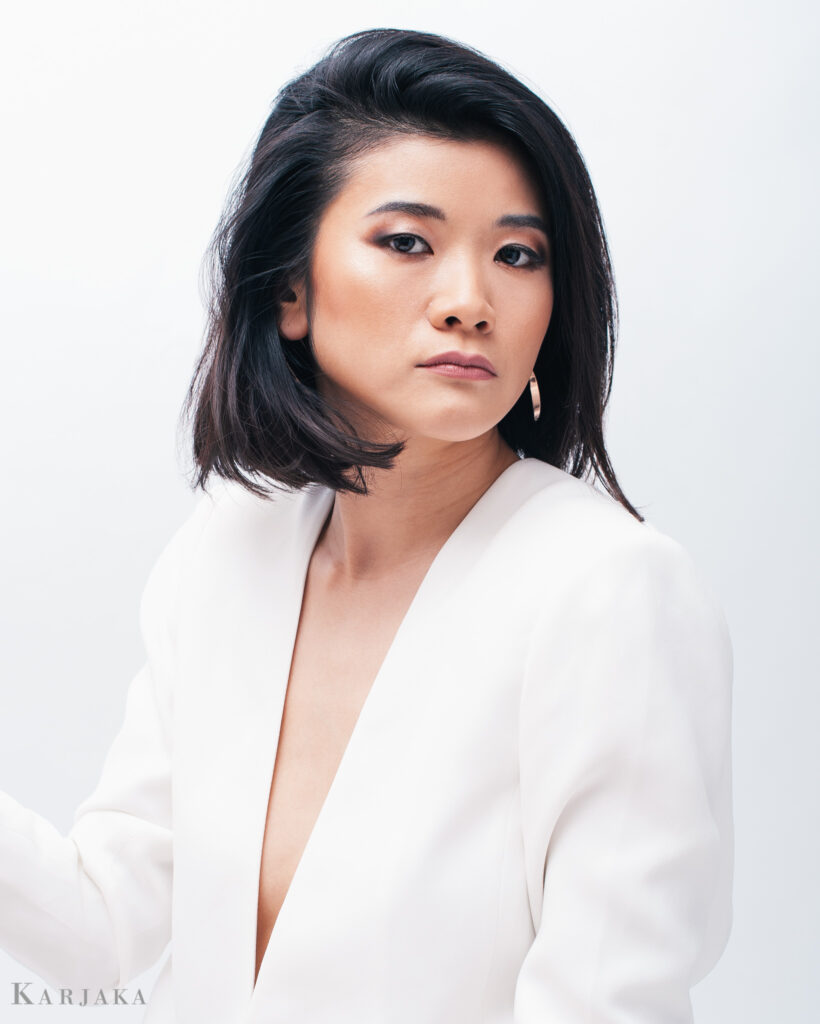
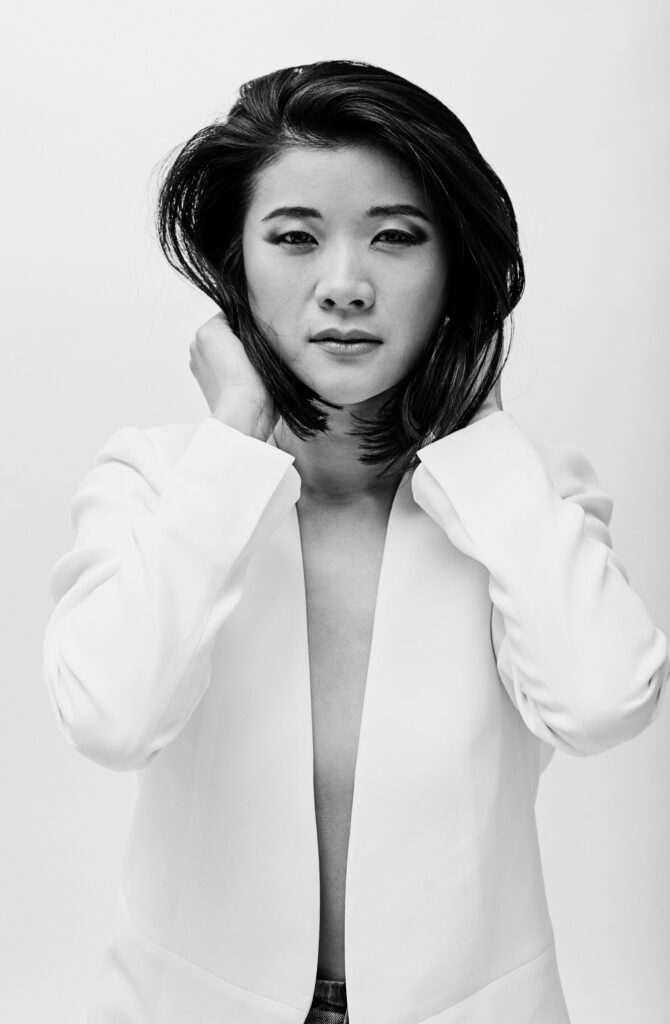
We tend to be addicted to phones and technology. During the lockdown, when you cannot socialize in an ordinary way, the news, social media, and your phone become your means of communication with the outside world. I see much danger and risk in that. Smartphones are meant to be addictive, and that can become what you are holding on to mentally. When you are able to cut those, then you are left with yourself. Finding comfort in that was the most challenging part for me. I do believe that is one way to see a change within yourself. Marco said, “You cannot control the outside, but you can control the inside.” Often, we try to control all aspects of our lives, yet we forget to look inward and see what is inside us. Sometimes I would cry during meditation, and it is overwhelming, but I force myself to sit down in silence. Then I start to feel the sadness shift to something different. I found peace within myself.
My passion other than music has been yoga. Since I moved to New York City as an undergrad, yoga has been a part of my life. The reason I started practicing yoga was superficial, but I don’t think it’s a bad thing. I just wanted to lose weight, so I started with Bikram yoga, in which the classes were held in a heated room. As I started taking the classes regularly, I felt differences in my body. Every time I went to a class, I came out rejuvenated. I promised myself that I’d go more often. But I find myself not going as consistently, but I figured it was better than nothing. So I kept practicing sparsely. Everybody knows that it is tricky to find the time to go to a yoga studio every day. But even in this sparse practice routine, it was a way for me to ground myself and find peace. It helped me survive my college years (undergrad to doctorate) and being in a freelance world of NYC madness.
There were some turning points, however. I found a teacher that I felt connected with. Marco Rojas teaches yoga that mixes Ashtanga and Iyengar. His classes are challenging, he has a way to push students to the edge. He holds the poses to the point where you want to give up. While you might be cursing on the inside, that kind of practice makes you stronger, physically and mentally. I think non-yogis can relate to this. You can get to that state of mind by doing other exercises, too. When you push yourself, and your body to a point you didn’t think was possible, it is gratifying in the end. With Marco, in those moments of almost giving up, he always reminded us to breathe. That is what you are holding onto at that moment. I think that I learned how to breathe in yoga with Marco.
For certain yogis they might think that is not the way to practice yoga.Yoga should not be about pushing yourself and being easy on your body. There is a fine line between trying to push to the point of ‘breaking,’ which will cause injuries; or moving your body to the place where you are improving. I discovered through Marco that breathing is what differentiates those two.
A friend introduced me to a yoga studio in Brooklyn called Lighthouse Yoga School. I met Jared McCane, whose classes combine sequences involving Ashtanga, Dharma, and Bikram yoga, which involve many advanced poses, and his classes are always about 2 hours. To this date, I still think his classes are one of the hardest in the world. But with him, I have learned in detail about what each pose is doing to your body. Later, I did a 200-hour Teacher Training at the school.
During training, I learned the anatomy of the body and the science of yoga. I learned to do a sadhana practice (which is to meditate), which became a game-changer more than the physical training. We did Vedic/TM (Transcendental Meditation) twice a day, Pranayama (breathing exercises), and two Sanskrit mantras which we chant 108 times each. In TM, you are given one specific mantra and sit for 20 minutes in silence. That was the most challenging part of meditation. It was hard to sit still for 20 minutes. But doing it every day, with other trainees for two weeks, it became more comfortable. By the end of the training, I got to a point where I felt rather funny not doing it.
After the teacher training and I was back to the freelance life of rehearsals and concerts, I noticed something interesting. There was a similarity with the focus you get during mediation and performance. My mind was much sharper and not as distracted as it used to be. I could tap into the ‘zone’ quickly and stay there for much longer than before. Also, the practice of breathing helped me with the anxiety and nervousness that I get before the performances. When my heart is beating fast, I can focus on my breathing, which calms me down. I also learned that breath control helps with emotional responses. When you are angry, it is hard to control that emotion. Trying to tell yourself not to get angry often makes you more furious. You can only control the speed of inhaling and exhaling. You can achieve that by practicing the breathing exercises consistently.
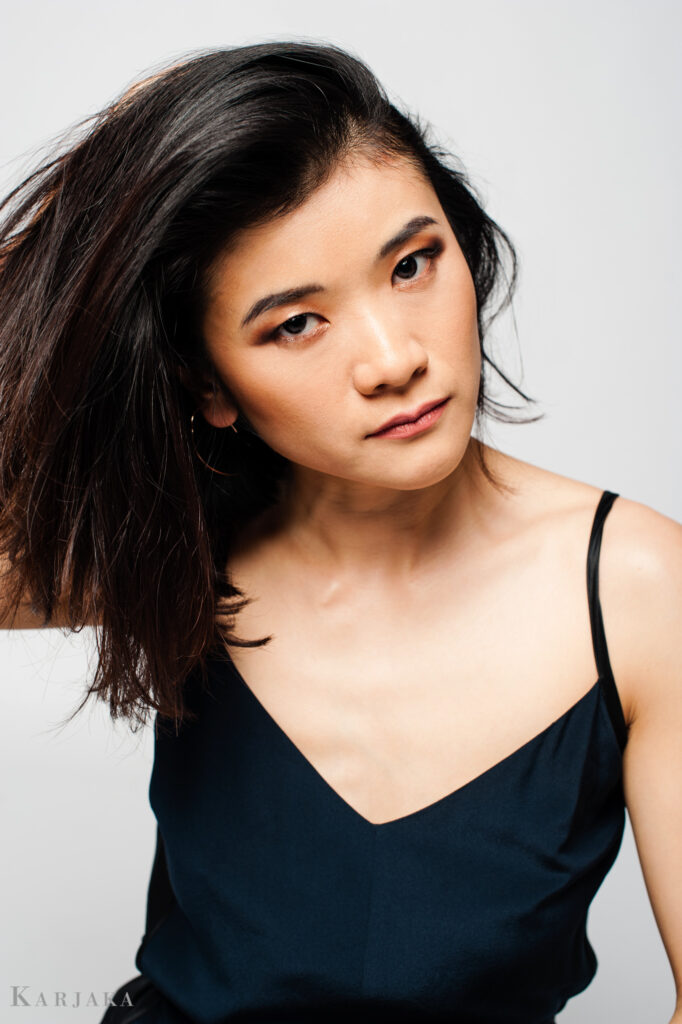
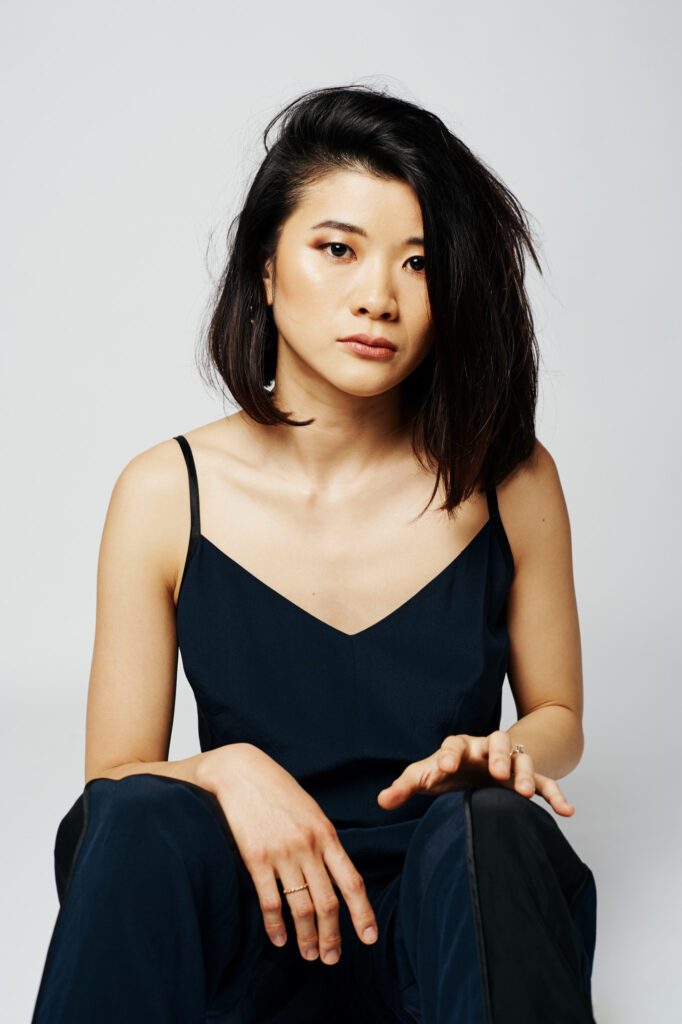
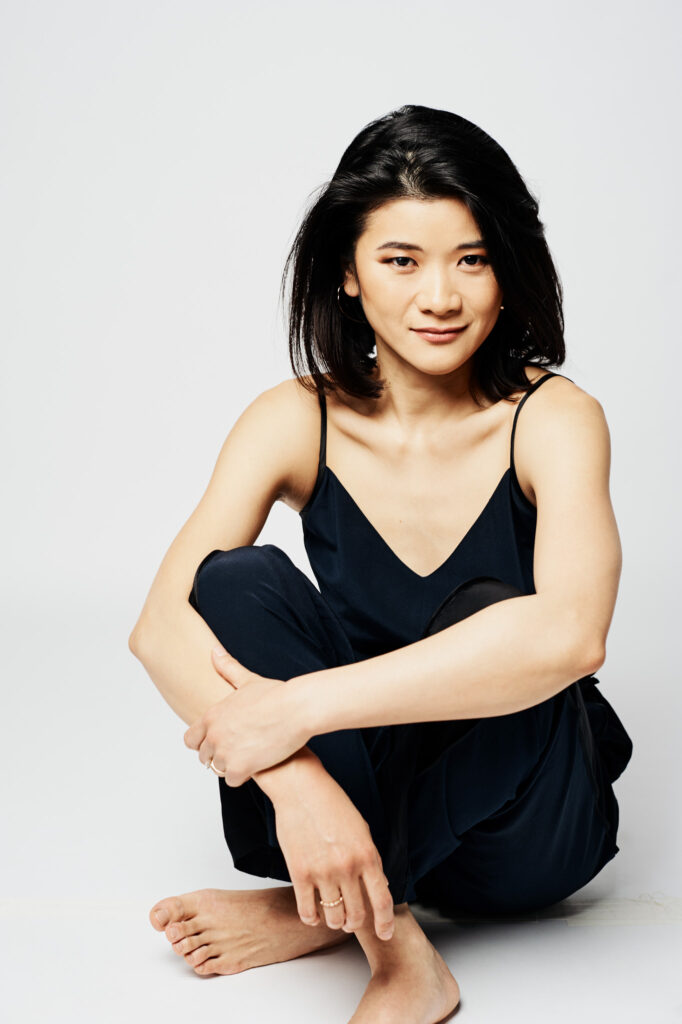
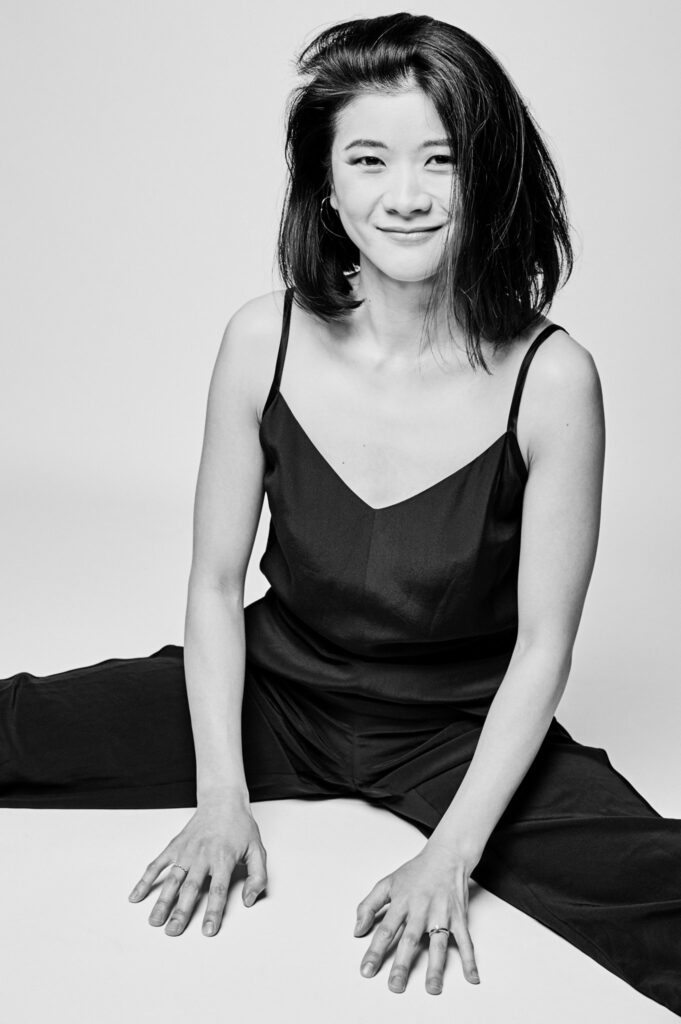

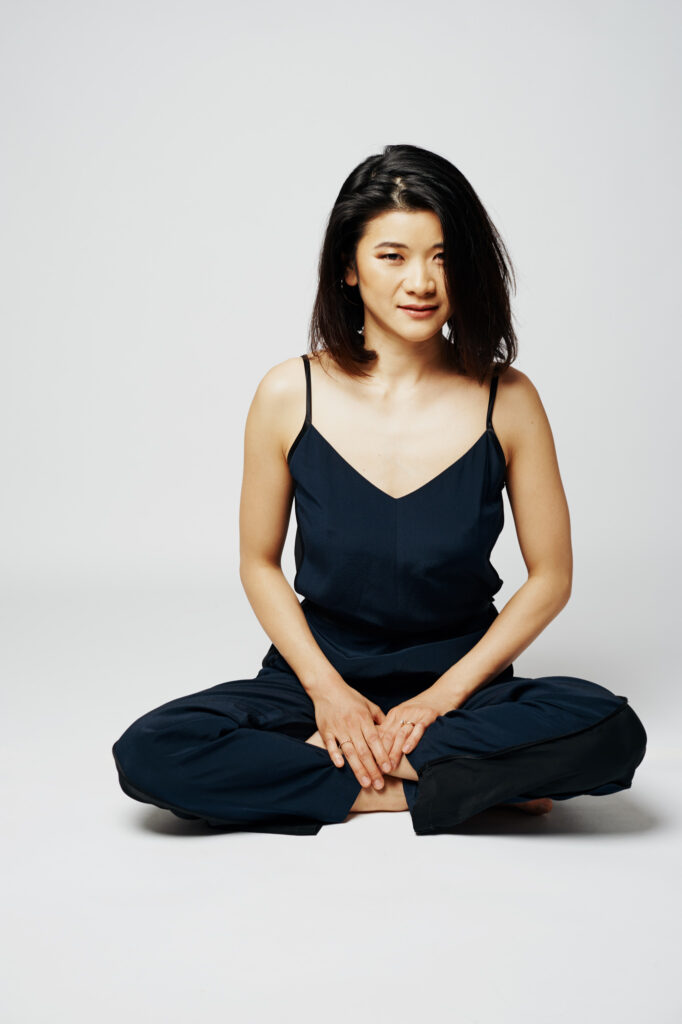
My practice of yoga and meditation got much more in-depth during the pandemic. On top of the lockdown that lasted a few months in NYC and suddenly losing all my work as a musician, I also had to deal with intense personal matters, simply put, a break-up during complete isolation. It was a scary moment in March for everyone, but I think all the musicians remember that particular week. A sudden loss of income, and for us musicians, it was more than losing a ‘job.’ We had lost our purpose and questioned what we were here to do on this planet. My biggest challenge was dealing with loneliness. I have always had issues with being alone, and suddenly I had to deal with that fear without an end in sight. I live alone, and all of my family live in Japan, most of my close friends live in Brooklyn, and I could not see them. In January of 2020, I had just settled back in NYC, and I was trying to look for teaching jobs.
My colleagues shifted quickly to teaching and working online, but I was not even teaching yet at the beginning of Covid. In my search for daily structure, I saw that the Lighthouse Yoga School offered zoom yoga classes. I started practicing every day. Having something on the schedule helped me become grounded, and being in a community helped me not feel lonely. I took my sadhana practice to a different level, with the guidance of Jared and Tony Lupinacci (also a former Lighthouse yoga teacher), whom I assisted in the 30-hour Sadhana Mentorship Program in June and October. The daily meditation practice became a routine. I would do a TM meditation, Sanskrit mantras first thing in the morning and right before bed. I also would put my phone on airplane mode until the next morning.
In one zoom class, there were about 20 students meditating in silence. I had never met most of the people, but somehow I felt so connected to them even over zoom. The teacher also was surprised by the fact that we could make genuine connections over the internet. In one solo meditation, many people from various parts of my life came up in my thoughts. Ranging from people that I just had said hello to at the deli, friends that I was texting earlier in the day, boyfriends in the past, an aunt of my friend that took great care of me while I was in England, who had died a few years ago due to pancreas cancer, people that I have not forgiven, and perhaps those who haven’t forgiven me. I thought of each one of them and thanked them for being in my life. I had overwhelming tears, not from being particularly sad or anything. I felt the unconditional love from humanity and realized that I am not alone.
In October of last year, I decided to share what I had been experiencing in the previous few months. I started teaching a weekly yoga class on Zoom. I had always wanted to teach yoga and taught in a master class and private settings here and there. Still, with my experience taking the advanced yoga classes online, I thought I had something to offer, especially as the pandemic continued to threaten us.
People may think it is pointless to take a yoga class online and that in-person training is better than remote, but there are advantages to virtual classes. One of them is the convenience of being at home and not using up any time commuting. I have taken classes more often this past year because it was way easier to fit them into my schedule.
It can be hard to see and adjust if you don’t have the right camera angle; therefore, verbal cues become super important. Despite the potential limits of visibility, real-time feedback using zoom is way better than watching and following YouTube videos and other yoga apps. Also, I’ve noticed that I tend to push myself more when I have the camera turned on. It keeps me accountable.
People often wonder, why not pilates or another form of exercise? I agree that yoga is not for everyone, but the most common misunderstanding is that yoga is just a stretch. In Yoga Sutra (in Eight Limbs of Yoga by Patanjali), yoga’s physical practice, known as Asana, is only the third limb. The first sutra, “atha yoga anushasanam,” translates to ‘now,’ starts the teaching of yoga. The point is ‘now,’ right now- at this moment, not tomorrow, not yesterday.
The second sutra is “yoga is the stilling of the fluctuations of the mind.” The physical practice of yoga, Asana, only comes after that. In yoga, it is not about touching your toes in forward folding or how flexible your back is. It is more about the control of the mind, and you do that through breathing. It is a moving meditation, and of course, your physicality will get stronger, and the strong body will help achieve a strong mind. They are interconnected.
I am in the process of launching a 40-day yoga course curated for musicians specifically. Each class caters to different instrumentalists. We will meet once a week and learn a short sequence and meditation that students will practice every day as an assignment. From the last few months of practicing online, I have learned that consistency is the key more than anything. Even if you spend as little as two minutes meditating every day, it’ll truly transform your life if you stick to it.
There is true power in keeping a promise to yourself. I chose a 40-day course because it is said that it takes 40 days to break an old habit and form a new one. My goal is for students to set a new pattern now, when they maybe have more time, at home, instead of touring, or continuously in transit for work—hoping that they can practice on their own in the future when we are in the new norm, and come out of the pandemic stronger, mind and body.
Dear Old Stockholm Syndrome:
How Broadway is going to have to want to reopen
with Nate Patten


